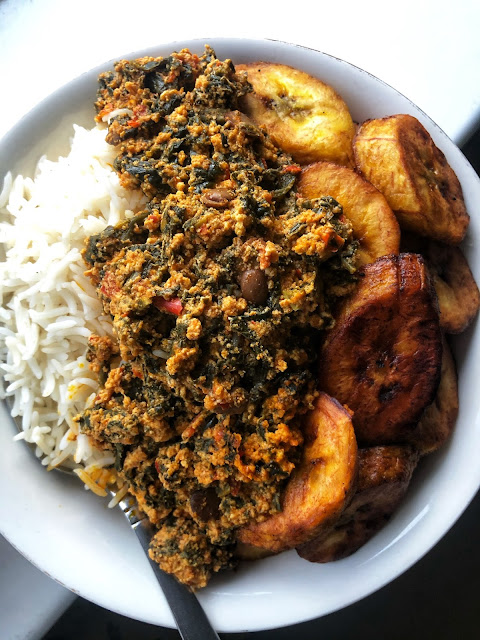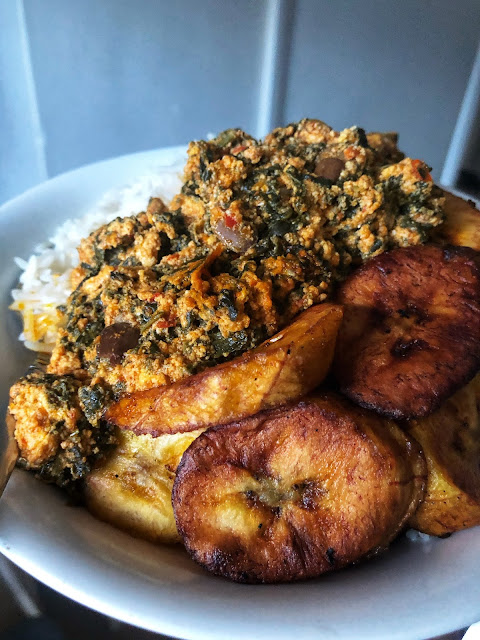Chinese steamed buns. Bao buns. Let's discuss.
Baozi or Bao originates from China but is eaten across the different South Asian countries. It is best described as a yeast-leavened filled bun which is then steamed. The variations in fillings are endless.
The first time my Singaporean friend introduced me to bao, I was instantly entranced. Surely this pillow-soft, fluffy lump of goodness was actual manna from heaven. And then when I visited Singapore and Thailand for the first time, I consumed obscene amounts, each one filled with something different - from red bean paste to purple sweet potato to savoury shredded mushroom. Back at home, the desire to make it from scratch consumed me, but I found the idea of it rather intimidating. I imagined you needed years of practice, a blessing from the Chinese ancestors and the skills of a top pastry chef to pull it off.
I'm still no bun making expert by any means, even after a few attempts, and I have a heck of a long way to go before I can make them to the standard that I know they can be. So this is very much an introductory recipe for anyone who wants to dabble and try their hands at a no-fuss version that still satisfies.
I had white sweet potatoes at home, but of course you can use orange or purple flesh sweet potatoes (imagine the pop of colour!) You can even use homemade or store-bought red bean paste. How about filling it with mashed plantain as I have actually done in the past? Let me tell you, it was the sort of divine fusion you can only dream of!
These buns are perfect for snacking, but also make for a light breakfast or dessert. This particular recipe is not super sweet - you get the natural sweetness from the sweet potatoes and a touch of sweetness in the buns, that's it - so you can adjust as desired.
For this recipe, you'll need a steamer (bonus points if it's a bamboo steamer). Here's a hack: you can also use a rice cooker to steam by filling with a little water and covering the base with a large sheet of baking paper that come up around the sides.
If you make this recipe, I'd love to see your attempt. Take a pic and tag me on Instagram - @vegannigerian for a repost!
If you like this recipe, you'll also like:
 |
Manna, is that you?
|
Ingredients
(makes 8)
- 2 heap tbsp vegan margarine, melted
- 2 tbsp caster sugar
- 3/4 cup warm dairy-free milk
- 2 tsp instant yeast
- 2 cups plain flour
- pinch of salt
- 2 white flesh sweet potatoes, peeled and roughly diced
Method
Whisk the melted vegan margarine, caster sugar, warm milk and instant yeast in a large mixing bowl. Add the plain flour and salt. Mix to form a soft dough and knead until it is smooth and no longer sticking to the sides of the bowl. Cover with a damp dish cloth and leave to rise for an hour.
Meanwhile, boil the sweet potatoes in plain water until very soft. Drain and mash to a smooth consistency. Leave to cool.
Prepare 8 small squares of parchment paper and arrange them on a flat surface such as a tray or your countertop.
Once the dough has risen, knock the air bubbles out and knead for another couple of minutes. Divide into 8 equal parts.
Take the first piece of dough and flatten it slightly in the palm of your hand. Fill the centre with a tablespoon or two of the mashed sweet potato and pinch all the sides up to enclose the bun. Pinch lightly to seal and gently roll the bun in your hands to smoothen out the seams. Place on a square of parchment paper. Repeat this process for the rest of the buns.
Place the buns in the steamer, leaving a little room between each one. Cover and allow to stand (without heat) for 15 minutes. The buns will grow a little bigger in this time.
Steam for about 15 minutes, turn off the heat and allow the buns to stand for 5 minutes before serving.
Hack: place a tea towel over the steamer before covering with the lid. Do this to catch any evaporation and prevent water from dripping back down onto the buns.
Note: this post contains affiliate links.


























